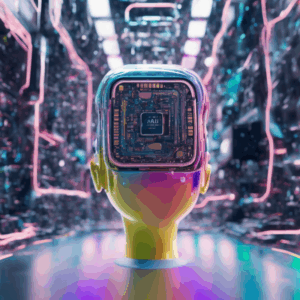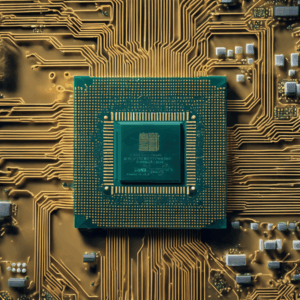
AI Hallucinations Are Getting Worse: What This Means for the Future of Technology
In the rapidly evolving world of artificial intelligence, one perplexing phenomenon is creating quite a stir: AI hallucinations. Much like their human counterparts, AI systems can sometimes generate outputs that are completely divorced from reality. But why is this happening, and more importantly, why is it intensifying? 🌐🤖
Understanding AI Hallucinations
At its core, an AI hallucination occurs when an artificial intelligence system produces a result or output not based on any real data or input. Importantly, these are not simply ‘errors’ in the traditional sense but rather confident assertions by the AI of non-existent facts. The root cause can often be traced back to the complex architectures that power these systems, such as large language models (LLMs) or neural networks that inadvertently veer off course. 📉💡
Why Are They Escalating?
Recent advancements in AI technologies, particularly in deep learning and complex model architectures, have inadvertently exacerbated the issue of hallucinations. As these systems become more sophisticated, their propensity for generating inaccurate or entirely fabricated content has risen. This can be attributed to several factors, including the increasing complexity of tasks they are designed to perform and the breadth of datasets they must mine and interpret. 📈🔍
The Real-World Implications
The consequences of AI hallucinations are far-reaching. In healthcare, incorrect diagnostic suggestions can endanger lives. In finance, erroneous data interpretations could lead to massive monetary losses. Even in more benign fields like content generation or customer service, these inaccuracies can erode trust and lead to costly mistakes. 🌍💼
Combating the Challenge: A Path Forward
To address the growing concern of AI hallucinations, researchers and developers are focusing on robust validation techniques and enhancing the interpretability of AI systems. Rigorous testing and error correction methodologies are being prioritized to ensure these systems learn from their mistakes and refine their outputs. Furthermore, fostering transparency in AI processes and implementing human oversight are vital steps toward mitigating these risks. 🛡️🔧
Conclusion: A Call to Action
As AI continues to infiltrate every facet of our lives, ensuring its reliability becomes paramount. The phenomenon of AI hallucinations—while challenging—is not insurmountable. With concerted efforts from the tech community, regulatory bodies, and end-users, the future where AI functions seamlessly alongside us is within reach. The time to act is now, ensuring technology serves humanity with precision and accuracy. Are we ready to take on the challenge? 🤔🚀








